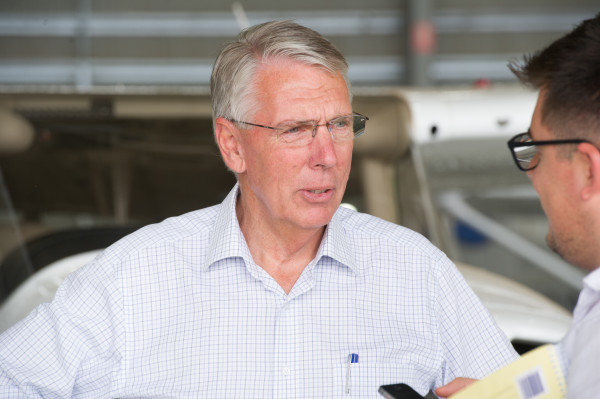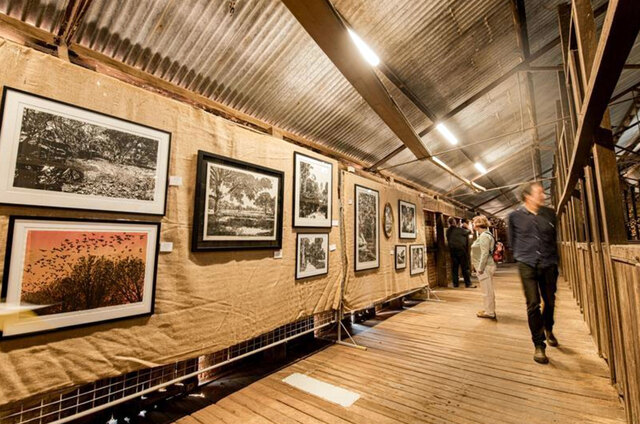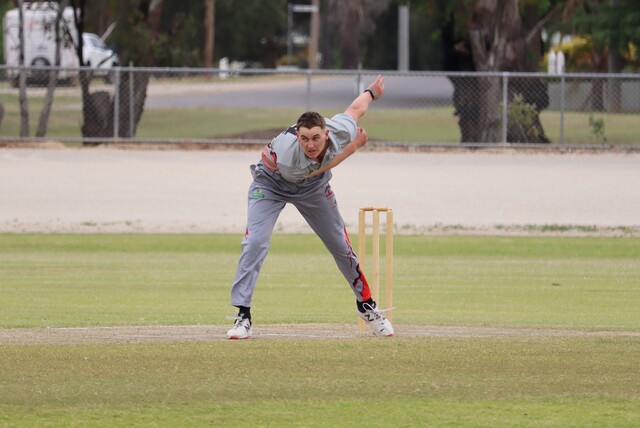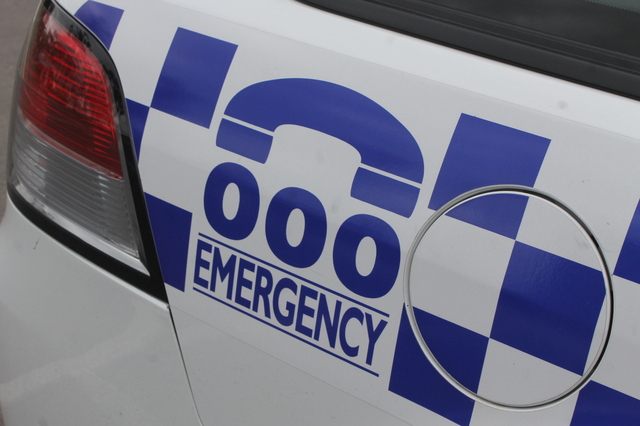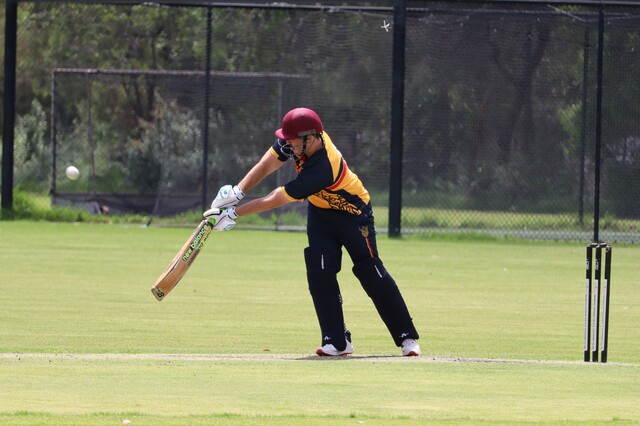RURAL Victorians need to get “fired up” by the “rapidly increasing risk” of unmanaged roadside vegetation, according to Member for Murray Plains Peter Walsh.
He said anything from a discarded cigarette butt to broken glass from bottles thrown out of passing cars could cause a grass fire to break out. And when the fuel load is tinder dry it will spread “incredibly quickly”.
“If they, (the State Government), had even the slightest clue, they would not once again have treated regional and rural Victorians with such disdain, providing a minuscule amount of money to councils to help control roadside weeds and pests, claiming it will help reduce the spread of fires,” Mr Walsh said.
“Even worse, this government continues to actively subvert the management of roadside fire risks by not completing slashing and mowing programs on time, and through introducing unnecessary layers of bureaucracy that make it difficult for the CFA to complete fuel reduction burns.”
Mr Walsh said vehicles parked on the side of roadways were “notorious: for starting fires in dry grass because of catalytic converters.
He claimed the government had “actively hindered” the CFA’s efforts to prepare annual roadside firebreaks.
“These play a pivotal role in fire prevention, yet despite some of the most vigorous grass growth in years, government bureaucracy is making it harder for this vital work to occur on State Government-managed roads,” he said.
“Long-standing arrangements for CFA volunteers to prepare firebreaks – at no cost to the government – have been replaced with heavy restrictions, necessitating lengthy plans in addition to standard permits, and the presence of a ‘burn controller’ before any work is undertaken.
“In many cases, the local brigades undertaking the work have far more experience in break-burning than those who have completed a burn controller course.
The government rejected the claims, saying they were “nothing but that”.
“To meet legislative requirements and ensure the safety of both firefighters and the broader community, a planned burning permit is required, as well as a detailed burn plan before any burn is undertaken. The burn must then be overseen by a qualified burn controller to ensure it is undertaken appropriately and safely,” a spokesperson said.
“There have been no major changes to these arrangements for several years.
“The number of fuel management activities will fluctuate from season to season due to different weather patterns but overall, there has not been a decrease in roadside burning.
The spokesperson said mowing in the Swan Hill area was due to be completed in mid-October, dependent upon weather conditions.
“Our crews work hand-in-hand with local fire authorities, councils and other relevant bodies when it comes to planning and delivering roadside slashing and mowing,” they said.
“On top of our $780 million investment in maintaining Victoria’s road assets – the majority of which will be spent in regional Victoria – we’ve committed a further $3.2 million this maintenance season for additional slashing and mowing activity right across regional Victoria, helping to manage roadside regrowth in the wake of above-average rainfall.”
Have you passed roadside vegetation in need of slashing? Let us know, email pbannan@theguardian.com.au

